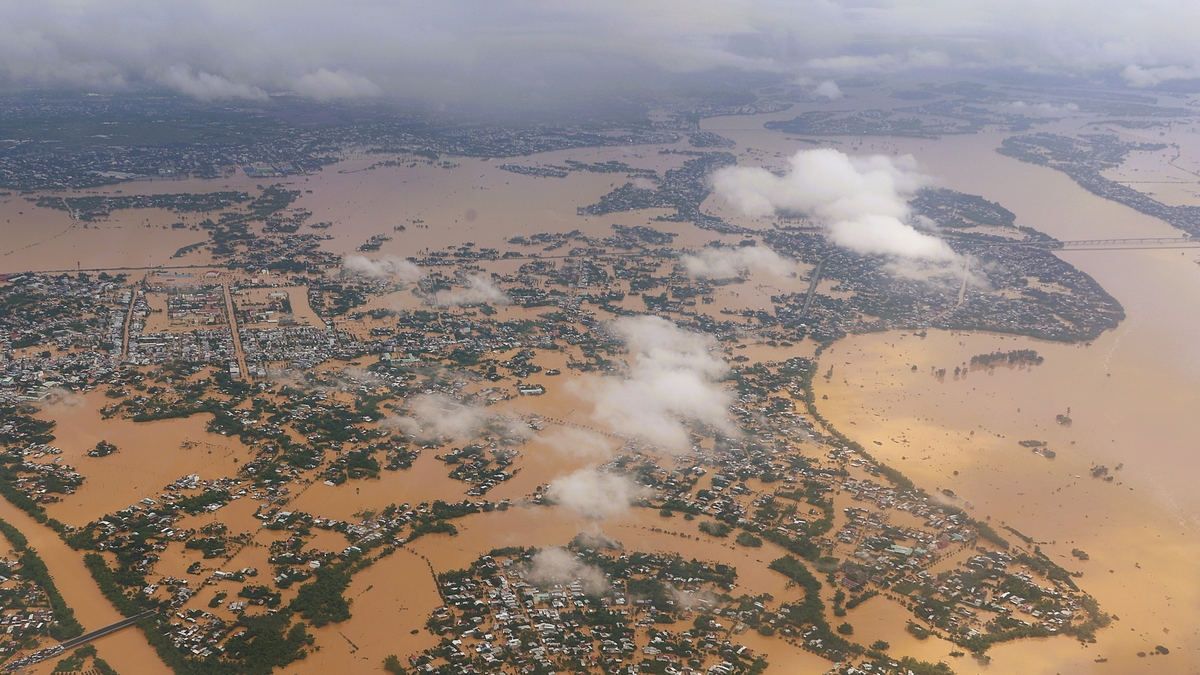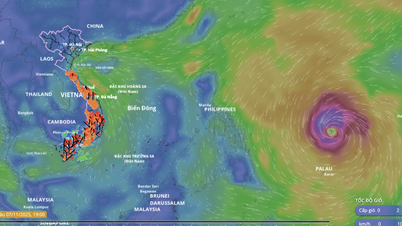According to Copernicus, the European Union's (EU) climate agency, there is a 70% chance that this summer will be one of the hottest on record on the continent. As one of the Mediterranean countries at the forefront of Europe's climate crisis, Spain has suffered nearly 22,000 heat-related deaths in the past eight years.
In February, the region of Catalonia declared a drought emergency when reservoir levels fell below 16%. Authorities only recently eased water restrictions after recent rains. For most people, deciphering the impact of rising temperatures on daily life is not easy. The EU’s environment agency warned governments in March to prepare healthcare systems for climate change and called on the EU to introduce regulations to protect outdoor workers from extreme heat.
To save lives this year, the Spanish Ministry of Health has just activated the “National Preventive Action Plan against the Health Effects of Excessive Temperatures.” This is essentially an early heat warning system. The system will officially go into operation on June 3 and will be extended until September 30, possibly even into October if the heat wave continues as in previous years. The Ministry has also released a new version of the warning map, dividing the country from 52 provincial regions into 182 “medical meteorological zones.” Each zone is marked by a significant correlation between temperature and mortality, giving different thresholds for potentially life-threatening temperatures. This represents a profound learning of the loopholes that led to high mortality rates in previous years.

For each region, the system provides a five-day forecast with detailed information on temperatures for each day, along with risk levels and appropriate interventions. This allows travelers to know exactly whether the area they are vacationing in poses a health risk. In particular, the plan prioritizes protecting vulnerable demographic groups such as the elderly, pregnant women and outdoor workers. According to Spain's daily mortality monitoring system (MoMo), more than 21,700 people died from heat-related causes between 2015 and 2023, most of them over 65.
Spain is the first country in Europe to adopt a heat early warning system. However, it is just one of many measures the Mediterranean nation, on the front line of Europe's climate crisis, is taking to protect residents and visitors. According to quarterly forecasts by Spain's state meteorological agency AEMET, many cities across the country recorded their hottest winter temperatures in more than two decades. Until the peak period ends at the end of July, AEMET predicts several months of higher-than-normal temperatures in the Mediterranean part of the country, as well as the Balearic and Canary Islands. With climate change reshaping weather patterns globally, this may not prevent another record-breaking year for Spain.
HAPPINESS
Source: https://www.sggp.org.vn/tay-ban-nha-chuan-bi-cho-mot-mua-he-ruc-lua-post740993.html







![[Photo] Da Nang: Hundreds of people join hands to clean up a vital tourist route after storm No. 13](https://vphoto.vietnam.vn/thumb/1200x675/vietnam/resource/IMAGE/2025/11/07/1762491638903_image-3-1353-jpg.webp)






































































































Comment (0)